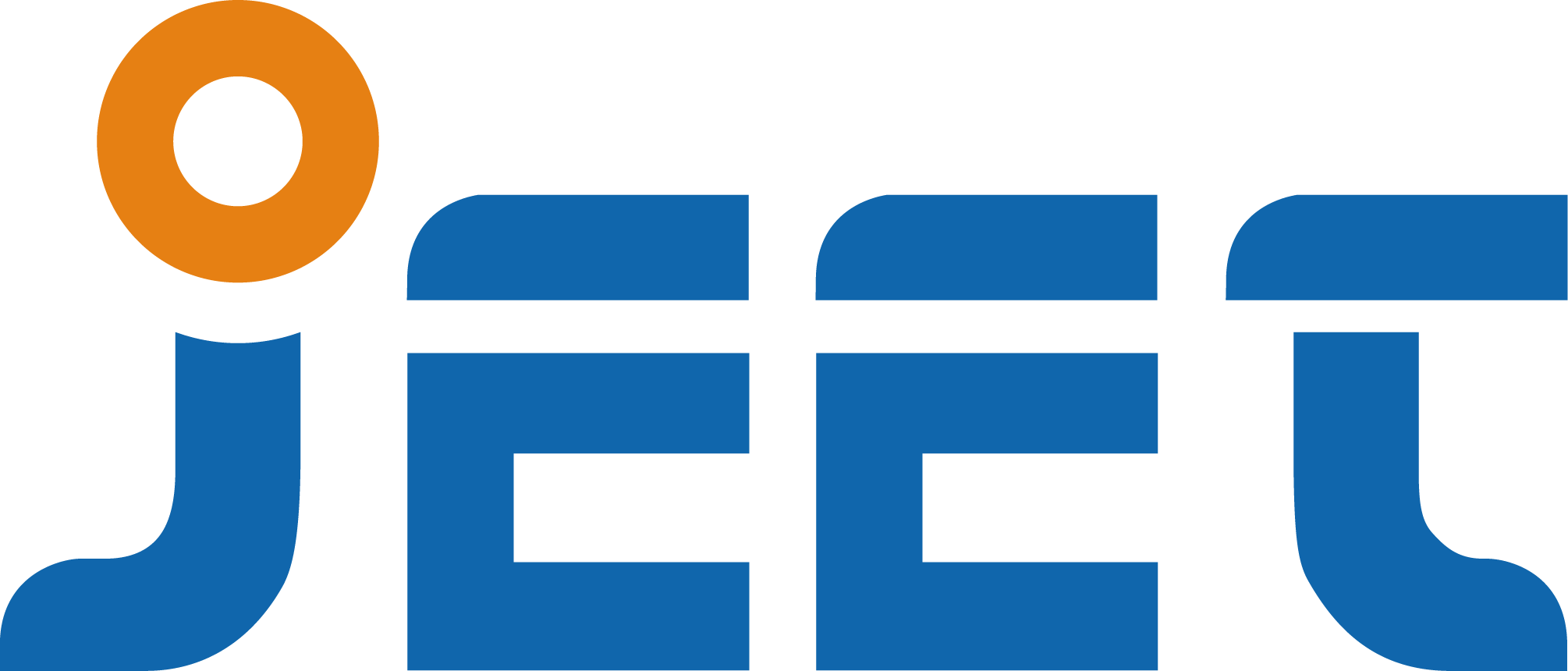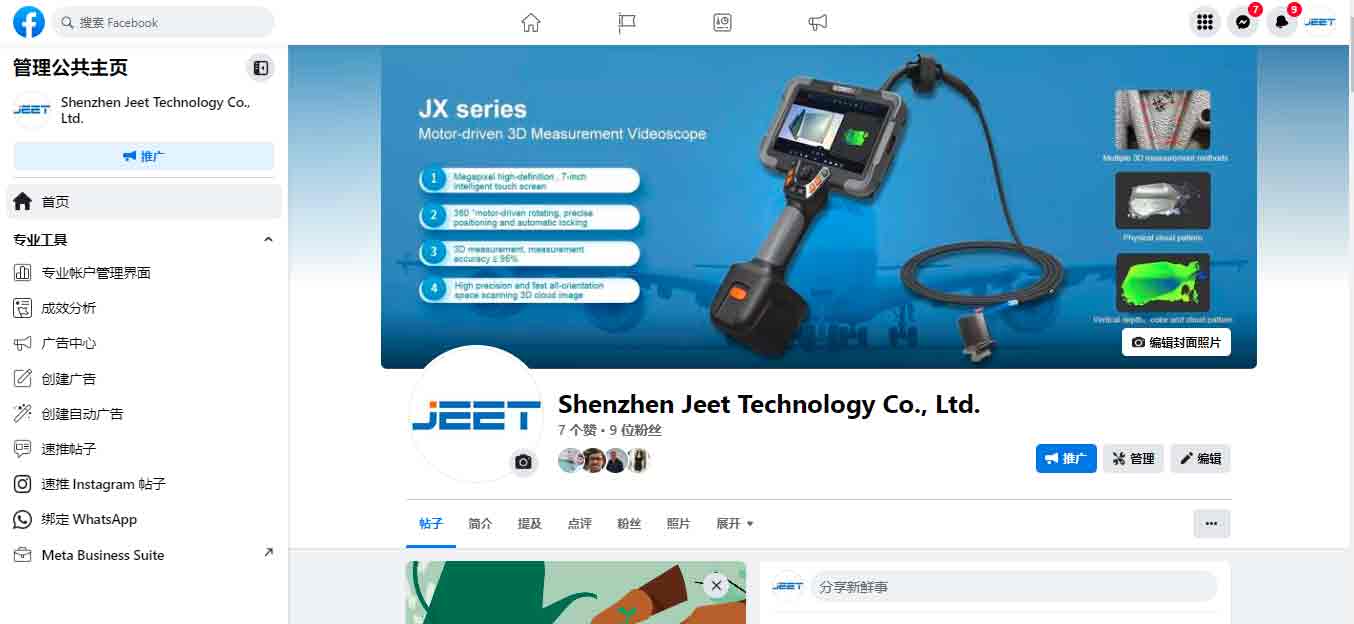Choosing the right industrial borescope is key to improving productivity and reducing risk
Selecting the appropriate industrial borescope holds the key to enhancing productivity and mitigating potential risks within various industrial processes. In today's demanding and complex industrial landscape, the ability to inspect and visualize inaccessible areas, such as pipelines, machinery, and engines, is crucial for maintaining operational efficiency and safety.
Industrial borescopes are versatile tools equipped with miniature cameras and lighting systems, enabling professionals to peer into confined spaces without the need for disassembly or invasive procedures. They offer a real-time view of remote areas, enabling swift identification of potential issues and proactive maintenance. Here's how choosing the right industrial borescope contributes to productivity and risk reduction:
Efficient Troubleshooting: The right borescope allows technicians to quickly diagnose problems without lengthy teardowns or system shutdowns. This minimizes downtime and production interruptions, ultimately boosting productivity.
Preventive Maintenance: Regular inspections with borescopes can identify signs of wear, corrosion, or other issues that might lead to failures if left unchecked. Addressing these concerns proactively helps prevent unexpected breakdowns and costly repairs.
Safety Enhancement: Borescopes enable inspection of hazardous or confined spaces without exposing workers to potential risks. By reducing the need for physical entry into dangerous areas, borescopes contribute to enhanced workplace safety.
Quality Control: Industries like manufacturing and aerospace rely on borescopes to verify product quality during production and assembly processes. The ability to detect defects or inconsistencies ensures that only products meeting quality standards are released, reducing the risk of recalls and reputational damage.
Data-Driven Decisions: Advanced borescopes often allow for recording and documentation of inspections. This data can be analyzed over time to identify patterns and trends, facilitating better decision-making for process improvements and risk mitigation strategies.
Cost Savings: The early detection of potential issues and targeted maintenance through borescope inspections can save significant costs in terms of equipment repair, replacement, and unplanned downtime.
To select the right industrial borescope:
Consider Application: Different industries and applications require specific types of borescopes. Choose between rigid, flexible, or semi-flexible scopes based on the inspection area's characteristics.
Image Quality: Opt for high-resolution cameras and adjustable lighting to ensure clear visuals in various environments.
Probe Length and Diameter: Choose a probe size that can access the areas of concern while accommodating any size limitations.
Portability and Connectivity: Evaluate whether wireless, portable, or connected borescopes suit your operational needs best.
Durability: Industries like oil and gas, aviation, and automotive demand rugged borescopes that can withstand harsh conditions.
Ease of Use: User-friendly controls and intuitive interfaces are essential for efficient operation and quicker training for new users.
In conclusion, the right industrial borescope is a strategic investment that yields tangible benefits in terms of enhanced productivity and risk reduction. By facilitating accurate inspections and informed decision-making, these versatile tools contribute to streamlined operations, improved maintenance practices, and ultimately, a safer and more efficient industrial environment.



